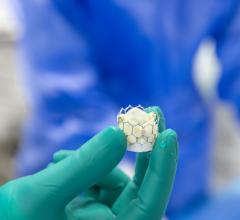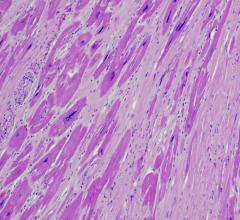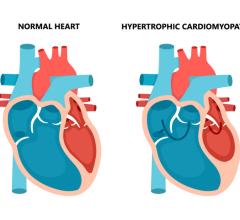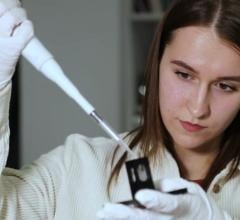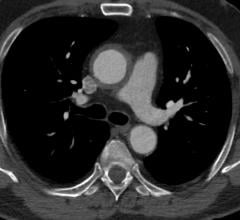
July 23, 2013 — BioVentrix, known for the Less Invasive Ventricular Enhancement (LIVE) procedure for the treatment of heart failure, announced publication of baseline and 12-month comparative data demonstrating the durability of its Revivent myocardial anchoring system in the first 11 patients treated with the device. Published in the European Journal of Cardio-Thoracic Surgery (EJCTS), the patients sustained a mean reduction in left ventricular end-systolic volume index (LVESVI), the key prognostic measure for heart failure, to 43.9 mL/m2, well below the 60mL/m2 threshold recently defined as providing a survival benefit in heart failure patients.[1,2] The company also announced the number of heart failure centers trained to perform the LIVE procedure has expanded to 20 leading centers throughout western Europe.
“The extent of volume reduction achieved, and more importantly maintained at one year, using the Revivent system is comparable with, and in some cases exceeds, the results achieved in multiple clinical studies using a conventional surgical approach to reducing the volume of the left ventricle,” said Andrew S. Wechsler, M.D., professor of cardiothoracic surgery at Drexel University College of Medicine in Philadelphia. “These results demonstrate that effective volume reduction, using a less invasive approach, provides meaningful clinical benefit to a previously untreated, fragile patient population.”
Data from a recent subgroup analysis of the National Institute of Health (NIH)-sponsored Surgical Treatment for Ischemic Heart Failure (STICH) study concluded that reducing the volume of the left ventricle (LV) to less than 60mL/m2 provided a statistically significant improvement in survival for patients suffering from HF[2]. Since the submission of data from the first 11 patients to EJCTS, an additional 15 patients have reached the crucial one-year survival mark. Combined, these 26 patients treated with the Revivent system have maintained a mean LVESVI of 57.4mL/m2 for one year following the procedure, which represents a mean decrease of 33.5 percent.
The LIVE procedure is based upon a well-defined law of physics called the law of LaPlace, which describes the relationship between the radius and pressure of the LV, and the resulting LV wall tension. Increased wall tension is the underlying cause of LV enlargement, worsening heart failure symptoms and ultimately causing patient death. Conversely, reducing wall tension prevents further LV enlargement and stops the progression of the disease. The Revivent system is uniquely designed to reduce wall tension by directly reducing the LV radius, which in turn decreases wall tension and interrupts the ongoing process of ischemic heart failure.
Using the Revivent system, phase I clinical trials, which led to issuance of the CE mark in November 2012, were conducted at four European sites. A second broader phase now under way has brought system training to 20 additional sites, including several prominent heart failure centers in Germany and Italy.
“We are gratified to see the rapid expansion of the LIVE procedure across Europe, and the ease with which our clinicians are able to complete the required training for use of the Revivent system,” said Ken Miller, president and CEO at BioVentrix Inc. “We are equally pleased with the interest from the scientific community in our technology. Since our European product launch last November, the Revivent system has been highlighted in four different oral abstract presentations, all at prominent scientific meetings.”
For more information: www.bioventrix.com
References:
[1] Wechsler, A., et al. Durability of epicardial ventricular restoration without ventriculotomy. European Journal of Cardio-Thoracic Surgery (2013) 1–4. doi:10.1093/ejcts/ezt292
[2] Michler, R. et al. Insights from the STICH trial: Change in left ventricular size after coronary artery bypass grafting with and without surgical ventricular reconstruction. J of Thoracic and Cardiovascular Surgery. 29 October 2012 (10.1016/j.jtcvs.2012.09.007).


 May 18, 2024
May 18, 2024 


